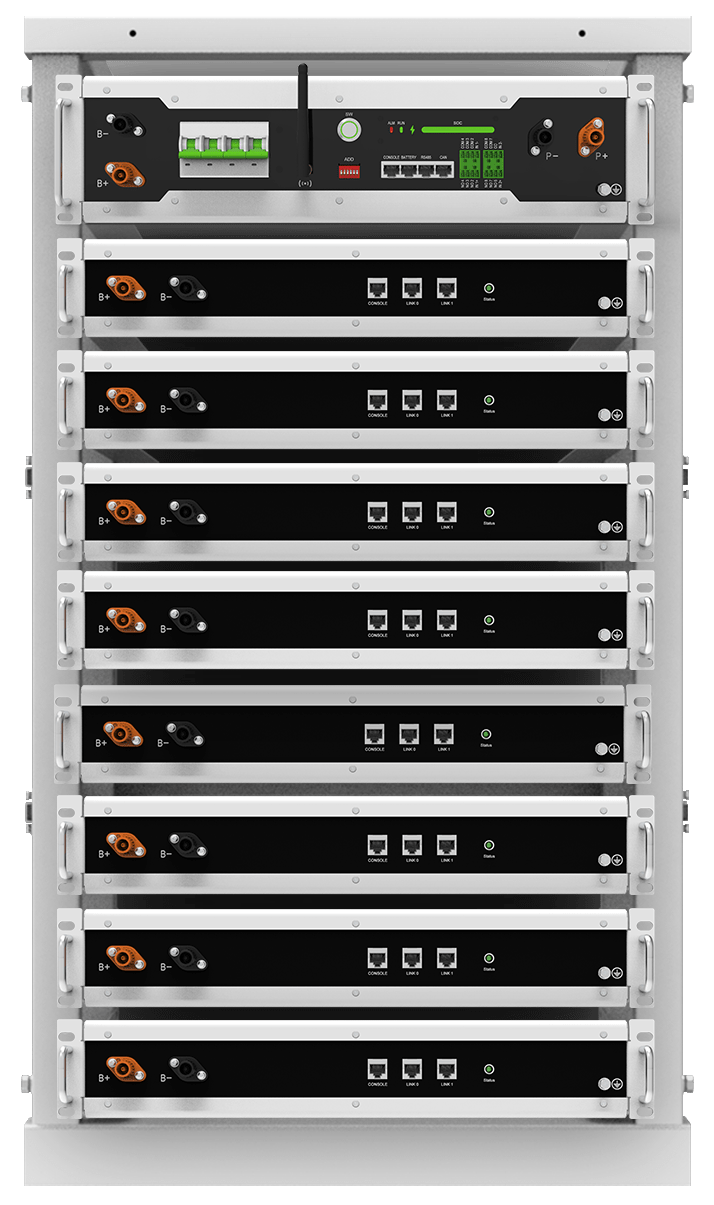
Relay: The Ingenious Mechanism Transforming Electrical Signals into Switching Actions
Relays are fundamental components in electrical systems, serving as indispensable switches that control the flow of current. With their ability to handle high voltages and currents, relays play a crucial role in various industries, from telecommunications to automotive engineering. In this article, we will delve into the inner workings of relays, exploring how they function as efficient switches.
- Understanding the Basics of Relays:
Relays consist of several key components, including an electromagnet, a set of contacts, and a spring. When an electrical current passes through the coil of the electromagnet, it generates a magnetic field that attracts the contacts, causing them to close or open. This mechanism allows relays to control the flow of current in a separate circuit, providing isolation and protection. - Types of Relays:
There are several types of relays, each designed for specific applications. Some common types include:
- Electromechanical Relays: These relays use mechanical contacts to switch the electrical circuit. They are reliable and widely used in various industries.
- Solid-State Relays: Unlike electromechanical relays, solid-state relays utilize semiconductor devices, such as transistors, to perform the switching action. They offer faster response times, higher durability, and noise-free operation.
- Reed Relays: Reed relays employ magnetic fields to control the movement of reed switches. They are compact, have low power consumption, and are commonly used in telecommunications and measurement equipment.
- Advantages of Using Relays as Switches:
Relays offer several advantages over other switching devices, making them a preferred choice in many applications:
- Electrical Isolation: Relays provide galvanic isolation between the control circuit and the switched circuit, preventing interference and ensuring safety.
- High Voltage and Current Handling: Relays can handle high voltages and currents, making them suitable for applications that require switching heavy loads.
- Versatility: With various types and configurations available, relays can be adapted to different voltage levels, current ratings, and switching requirements.
- Applications of Relays:
Relays find extensive use in numerous industries and applications, including:
- Industrial Automation: Relays are employed in control panels to switch motors, solenoids, and other devices, enabling automated processes.
- Power Systems: Relays are crucial in power distribution systems, protecting equipment from overloads, short circuits, and voltage fluctuations.
- Automotive Electronics: Relays are utilized in automotive systems to control lights, fans, motors, and other electrical components.
- Telecommunications: Relays play a vital role in telecommunication networks, facilitating signal routing, switching, and amplification.
Conclusion:
Relays serve as the backbone of modern electrical systems, enabling efficient and reliable switching operations. Their ability to handle high voltages, provide electrical isolation, and adapt to various applications makes them indispensable in numerous industries. By understanding how relays work as switches, engineers and technicians can harness their potential to create innovative solutions and drive technological advancements.


Average Rating